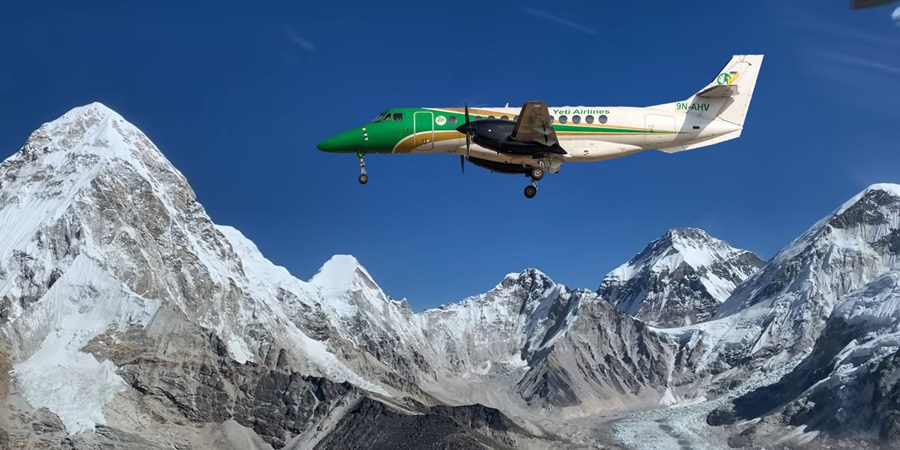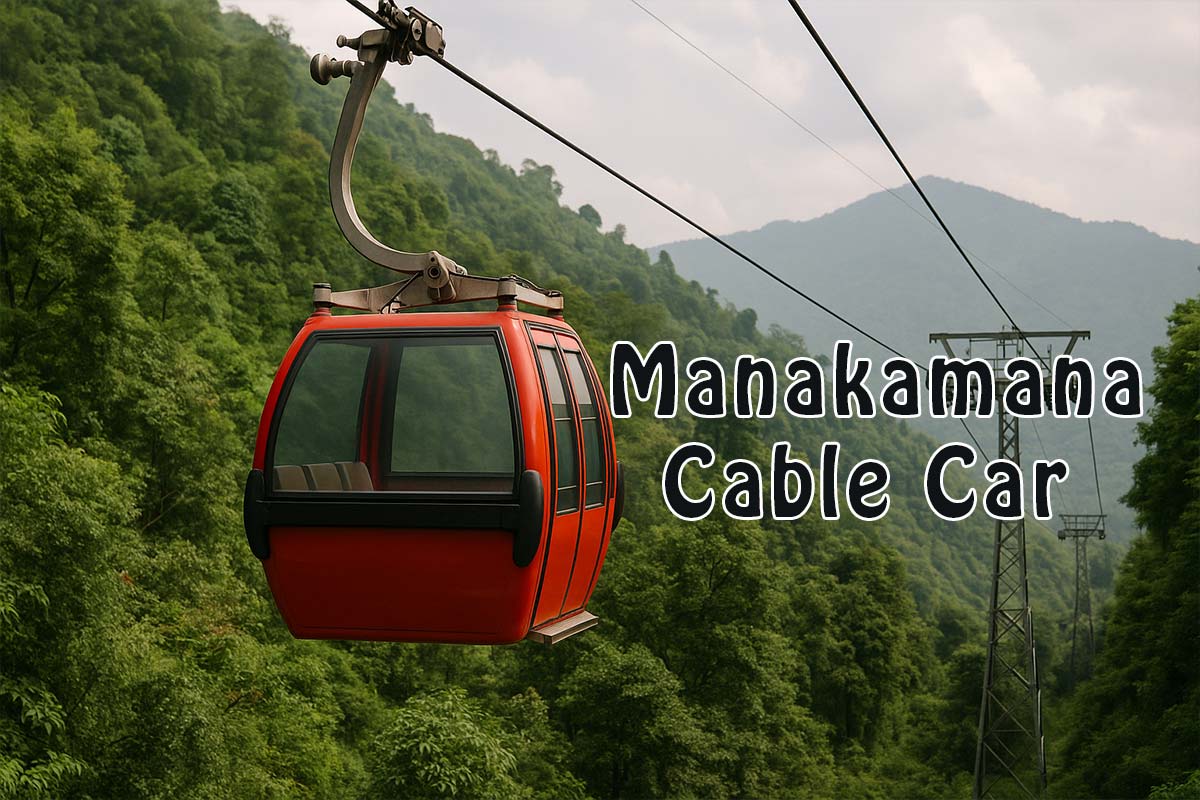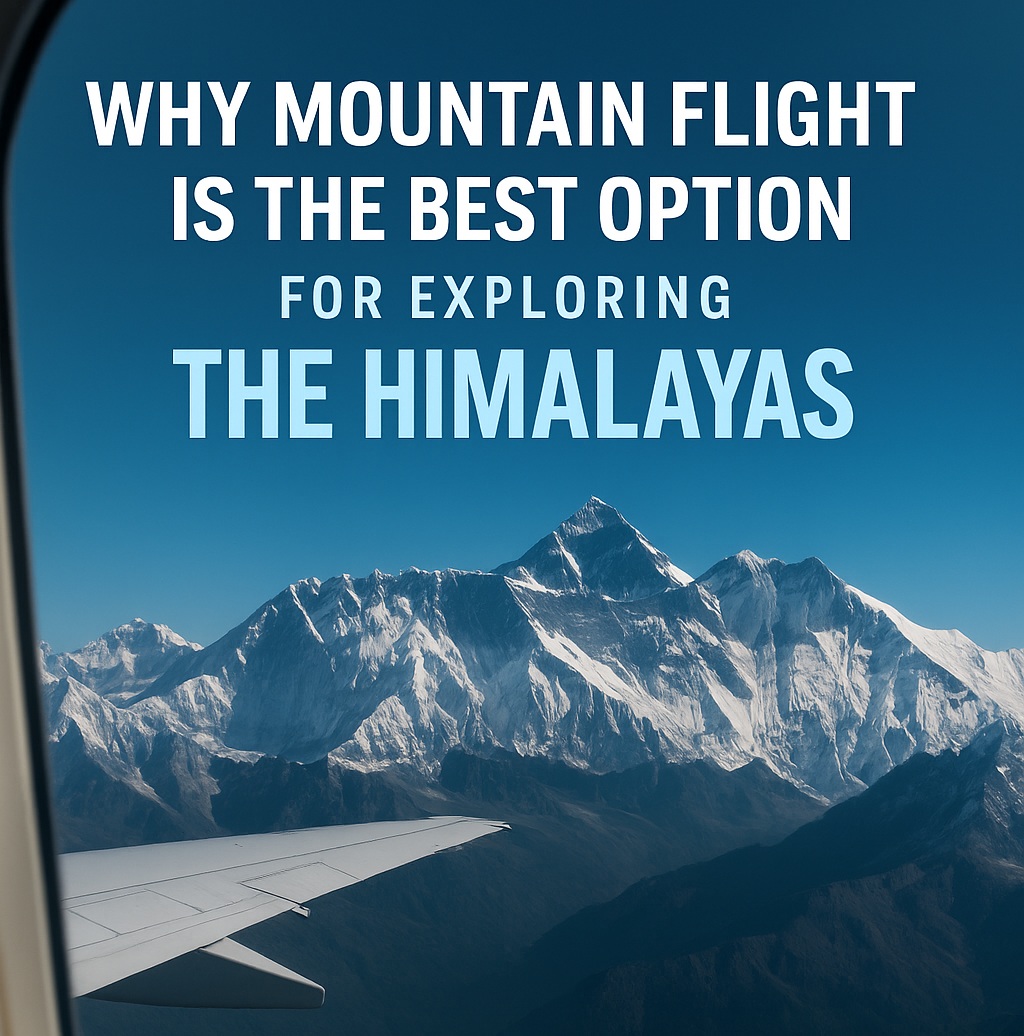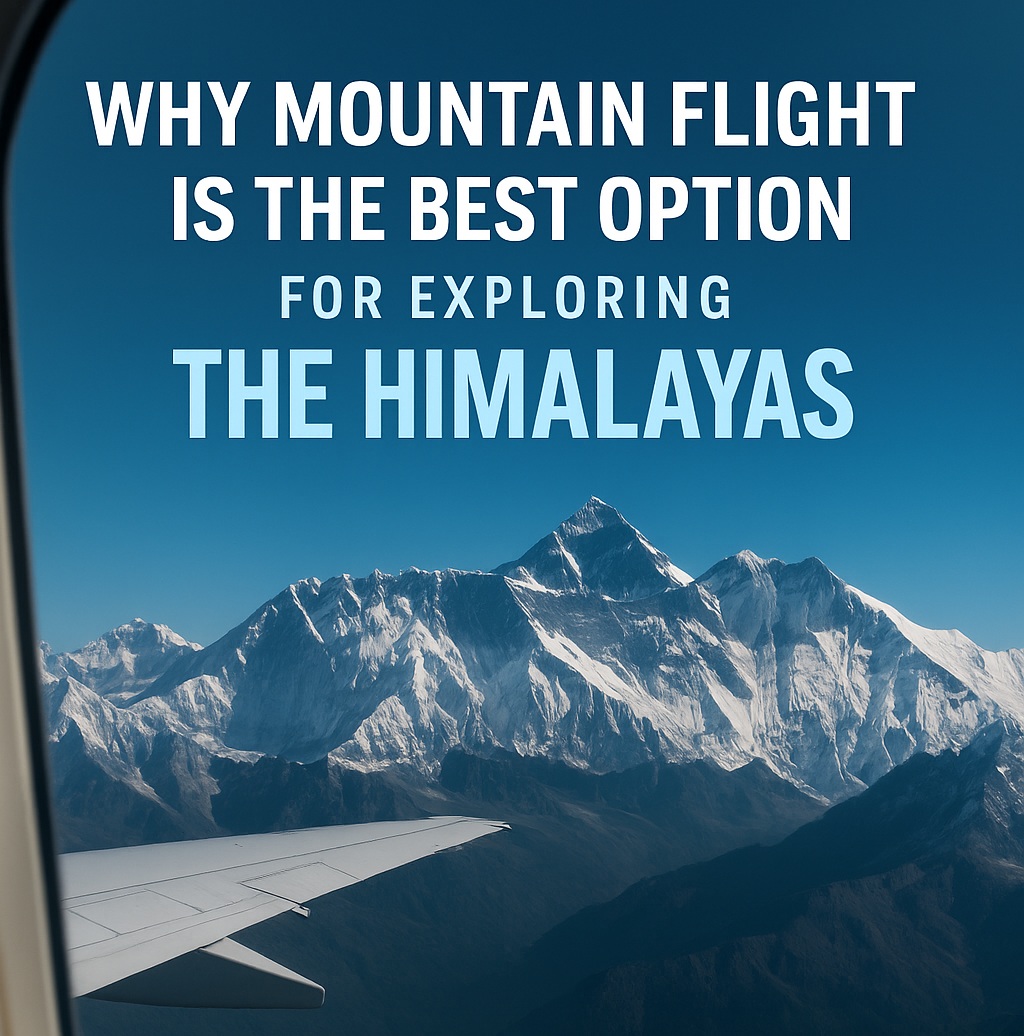The Everest Base Camp Trek is a lifelong dream for many, a journey to the foot of the world's highest mountain. This comprehensive guide, crafted by seasoned trekkers and Nepal experts, provides everything you need to know—from costs and itineraries to training and altitude safety—to plan your unforgettable 2025 adventure.
Quick Facts: Everest Base Camp Trek at a Glance
| Aspect | Details |
|---|---|
| Duration | 12-16 Days (Lukla to Lukla) |
| Max. Altitude | 5,644m (18,519 ft) at Kala Patthar |
| Trek Difficulty | Moderate to Strenuous (requires good fitness) |
| Best Seasons | Pre-Monsoon (March-May) & Post-Monsoon (Late Sept-Dec) |
| Starting Point | Lukla (flight from Kathmandu) |
| Permits Required | TIMS Card & Sagarmatha National Park Permit |
Everest Base Camp Trek Itinerary: A Day-by-Day Breakdown
This classic 14-day itinerary includes vital acclimatization days to maximize your success and safety.
Day 1: Fly to Lukla (2,860m), Trek to Phakding (2,610m)
-
Flight: A thrilling 35-minute scenic flight into Tenzing-Hillary Airport.
-
Trek: A gentle 3-4 hour descent to the Dudh Koshi River.
Day 2: Phakding to Namche Bazaar (3,440m)
-
Trek: 6-7 hours. Cross suspension bridges and enter Sagarmatha National Park. The final climb to Namche is challenging but rewarding.
Day 3: Acclimatization Day in Namche Bazaar
-
Key to Success: "Climb high, sleep low." Hike to the Everest View Hotel for your first breathtaking glimpse of Mt. Everest. Visit the Sherpa Culture Museum.
Day 4: Namche Bazaar to Tengboche (3,870m)
-
Trek: 5-6 hours. A stunning day with panoramic views. Visit the iconic Tengboche Monastery, the largest in the Khumbu region.
(The article would continue with a detailed breakdown of all 14 days, including Debuche, Dingboche, Lobuche, Gorak Shep, and the summit of Kala Patthar.)
How Much Does the Everest Base Camp Trek Cost? (2025 Breakdown)
Your budget depends heavily on how you choose to trek.
| Cost Factor | Budget Trekker (DIY) | Group Tour (All-Incl.) | Luxury Private Trek |
|---|---|---|---|
| Guides & Porters | $25-$35/day (guide) | Included | Included (1:1 attention) |
| Permits | ~ $50 (TIMS + NP) | Included | Included |
| Food & Lodging | $25-$40/day (teahouses) | Included | Included (better rooms) |
| Flights (KTM-Lukla) | $350 (round trip) | Included | Included |
| Insurance | $150-$200 (must cover altitude) | Not Included | Not Included |
| Misc. & Tips | $150-$200 | $150-$200 (tips) | $200+ (tips) |
| Estimated Total | $1,200 - $1,800 | $1,500 - $2,500 | $2,500 - $4,000+ |
Pro Tip: A guided group tour offers the best value, providing safety, logistics, and support, often at a comparable cost to a solo trek.
Training for Everest Base Camp: Get Trek-Fit
You don't need to be an athlete, but you must be prepared.
-
Cardio is King: 3-4 months prior, focus on 45-60 mins of running, cycling, or stair climbing 3-4 times a week.
-
Leg Strength: Squats, lunges, and step-ups will build the muscles you need for long ascents and descents.
-
Practice with Gear: Do weekend hikes with your loaded daypack and broken-in boots.
Altitude Sickness: Understanding, Preventing, and Treating It
This is the single biggest challenge. AMS (Acute Mountain Sickness) is caused by gaining altitude too quickly.
-
Prevention: The only foolproof method is acclimatization. Our itinerary includes built-in rest days. Walk slowly, stay hydrated (3-4L water daily), and avoid alcohol.
-
Symptoms: Headache, dizziness, nausea, loss of appetite.
-
Treatment: Do not ascend further if symptoms worsen. The only cure is to descend. Carry Diamox (Acetazolamide) after consulting your doctor, but remember it's an aid, not a guarantee.
What to Pack: The Essential Everest Base Camp Gear List
Golden Rule: Pack light! You must carry this (or pay a porter to). Focus on layers.
-
Footwear: Well-worn hiking boots + comfortable camp shoes/sandals.
-
Clothing:
-
Base Layer: Merino wool or synthetic thermal top and bottom.
-
Mid Layer: Fleece or down jacket.
-
Outer Layer: Quality waterproof/windproof jacket and pants.
-
-
Accessories: 30-40L Daypack, trekking poles, sleeping bag (-10°C comfort), headlamp, high-SPF sunscreen, lip balm, water purification tablets, and a robust power bank.
DIY vs. Guided Tour: Which is Right for You?
-
Solo/DIY Trek: For the highly experienced, self-sufficient adventurer. Offers maximum flexibility but requires you to manage all logistics, navigation, and safety alone. Not recommended for first-timers in Nepal.
-
Guided Group Tour: The most popular choice. Logistics, permits, meals, and an expert guide are handled. Provides a built-in support system and is far safer for managing altitude.
-
Private Guided Trek: The ultimate experience for those wanting a customized itinerary and pace with dedicated guide and porter attention.
How to Choose a Responsible Tour Operator
Your safety and experience hinge on this choice.
-
Check Reviews: Scour TripAdvisor, Google Reviews, and Trustpilot for authentic feedback.
-
Verify Credentials: Ensure they are licensed by the Nepal Tourism Board and their guides are certified by the NTA (Nepal Trekking Association).
-
Ask About Porter Welfare: Ethical operators treat their porters well, providing proper gear, insurance, and fair wages. Ask them directly about their policy.
-
Get Detailed Itineraries: A good operator provides a transparent, hour-by-hour plan with named teahouses and realistic acclimatization schedules.
Frequently Asked Questions (FAQ)
Q: Can I trek to Everest Base Camp alone?
A: Yes, legally you can. However, due to the risks of altitude sickness and complex logistics, a guide is highly recommended for all but the most experienced trekkers.
Q: Do I need travel insurance?
A: ABSOLUTELY. Your policy MUST cover emergency helicopter evacuation from high altitude (up to 6,000m) and repatriation. Standard policies often exclude this.
Q: Is there WiFi or phone signal?
A: Yes, but it's paid and unreliable. Most teahouses in larger villages (Namche, Pangboche) sell WiFi cards. Purchasing a local Ncell SIM card in Kathmandu provides better data coverage in some areas.
Q: What's the food like?
A: Teahouses serve a variety of hearty meals. The classic staples are Dal Bhat (lentil soup with rice—unlimited servings!), noodles, potatoes, soups, and Tibetan bread. Focus on carb-heavy foods for energy.
Ready to turn your dream into a plan? Our expert-led treks focus on safety, cultural immersion, and responsible travel. Contact Us Today for a Detailed 2025 Quote & Itinerary.










